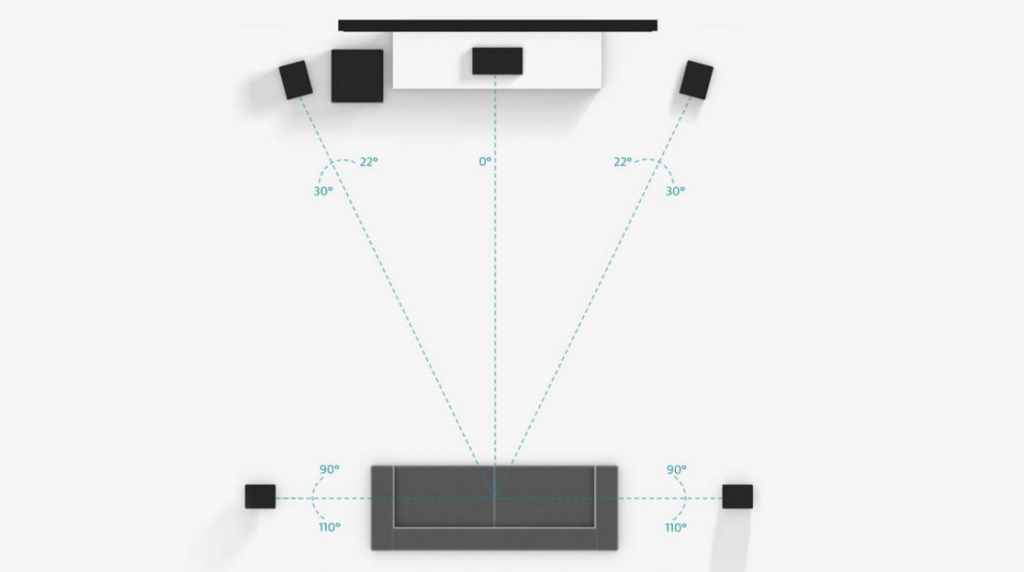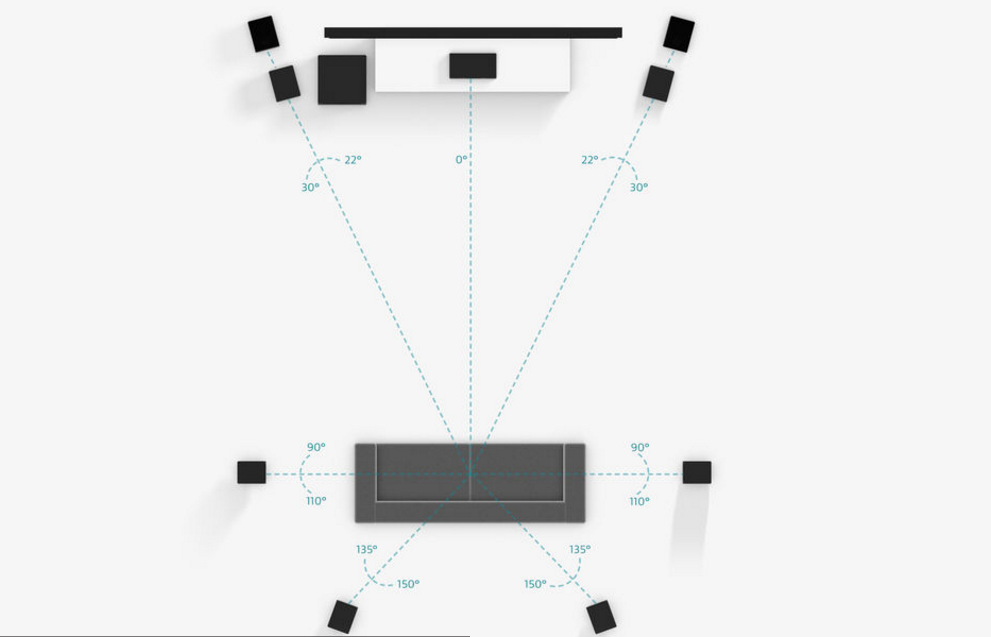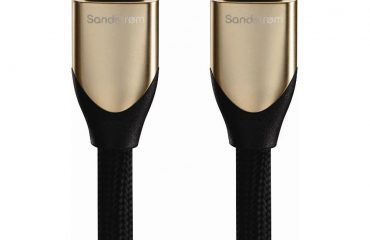Surround sound 5.1, 7.1 & 9.1

Surround Sound
In the 2000s, developments such as high-definition video, Blu-ray Disc (as well as the now-obsolete HD DVD format) and newer high-definition 3D display technologies enabled people to enjoy a cinematic feeling in their own home at an affordable price. Newer lossless audio from Dolby Digital Plus, Dolby TrueHD, DTS-HD High Resolution Audio and DTS-HD Master Audio with more audio channels, like 6.1, 7.1, 9.1, 9.2, 10.2, were also introduced for more cinematic feeling.
If you’ve recently bought a high-definition TV, you’re probably enjoying an amazing picture — but odds are that its speakers can’t do full justice to that gorgeous image. To greatly improve your TV’s sound to a home theatre systems Dottmedia Offers a full line of speakers and speaker packages.
Whether you’re thinking of bookshelf, satellite, in-wall, or in-ceiling speakers, we’ve got what you may need. At Dottmedia We offers a wide variety of home theatre speakers .Adding a stereo speaker setup to your TV is a great way to get dynamic, engaging sound in small rooms and tight spaces, but if your looking to moving up to full surround sound system such as 5.1 7.1 or 9.1 we have it all.
Finding complementary individual speakers can be a pain–especially in the wallet. Complete home theatre speaker packages take out the guesswork since they include a full set of matching surround speakers. Pair any of these speaker sets with a good AV receiver and Blu-ray player, and you’ll have a home theatre system that’s a step above all. Home theatre sound requires matching speakers for the best experience.
What we offer will put superb performance in your room for far less than you could imagine. We can put together some bundled systems with subwoofers for those looking for home theatre system packages. This way you enjoy the performance that results from the best designs and the best materials for a great price. Settle back with your favorite TV show or DVD. You’ll enjoy it like never before.
Basic Home Theatre Speaker configuration advice
First, you need three front speakers — left, centre, and right: Usually, you will get a pair of bookshelf speakers and combine it with a Centre Channel speaker .These should all be from the same series.
Surrounds: These speakers bring the sounds together, so to speak. Some use satellite speakers for this while others use in-wall or in-ceiling speakers for their surrounds.
Subwoofer: This is the booming bass that everyone loves. Subwoofers provide the rumble of the earthquake or the thunder behind the jet plane. A Subwoofer will compliment all of the above mentioned speakers packages and set ups.
This Basic home theatre can go from Basic 5.1 to 7.1 to 9.1 depending on the suround Sound Reciever you may own.
The Best Surround Sound Speaker Configuration
A surround sound system consists of five to 9 speakers. We can also call it as 5.1,7.1 and 9.1 surround systems. 5,7 and 9 indicates the number of speakers in the surround system. The most common surround system configurations are 5.1, and 7.1.
5.1 surround sound configuration

1. Most commonly used surround sound configuration today is 5.1.
2. This system is the standard for industry right now and most of the films are mixed for this kind of system.5.1 Surround Sound Speaker System
A 5.1 surround system has five different audio channels – left, right, centre, left surround, right surround and the sub-woofer.
1. The left and right speakers are placed at ear height of the listener on the left and right wall.
2. The central speaker is placed either above or below the display.
3. The left and right surround speakers are placed at a height of 2-4 feet above the listener on each side.
4. If you have two sub-woofers, then place them in the middle of opposing wall and if you have one, place it in the middle of front wall.
7.1 Surround Sound Speaker System

A 7.1 surround system has seven different audio channels – left, right, centre, left surround, right surround, left surround back, right surround back and the sub-woofer.
1. The left and right speakers are placed at ear height of the listener on the left and right wall.
2. The central speaker is placed either above or below the display device.
3. The left and right surround speakers are paced to each side, which is nearly 2-4 feet above the listener.
4. The left and right surround back are placed together on the listener’s back wall.
5. Position of the woofer depends on its number. Four sub-woofers are placed in the middle of each wall, two in middle of opposing wall and one in the middle of front wall.
9.1 Surround Sound Speaker System

Ready for surround sound again?
Ready for an improvement over the standard 5.1? How about 9.1?
Dolby’s latest surround sound entry, Pro Logic IIz, introduces two additional channels to the ever growing mix – height channels. This expands the audio stream to 9.1, which means three speakers across the front, two on the sides, 2 in the rear, a subwoofer reproducing the low frequency effects channel (the “.1” of the 9.1), plus the new stereo height channels. The height channels are feed into speakers located in the air above the listener, giving a sense of spaciousness that can’t be had any other way.
Height channels are nothing new actually, as they’ve been around since the beginning of modern surround sound itself (1993 to be exact). Many audiophile mixers, having no use for the .1 low frequency effects channel, used the full bandwidth channel as a height channel for some recordings. Good idea but it never caught on (but surround sound didn’t either).
The problem with height channels is that many times it’s difficult to mount the speakers in the correct locations up in the air (so what else is new?). But a bigger problem is that the standard position of the side speakers in a 7.1 configuration still isn’t settled. Not to mention that there are few recordings available in 7.1, and very few consumer setups at home. 7.1 is having a tough time gaining acceptance, let alone 9.1.




